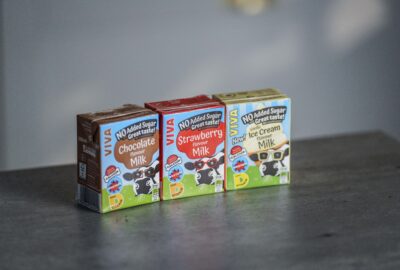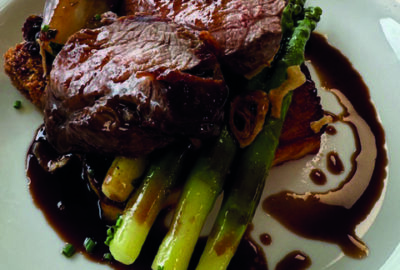During the summer months, hydration should be at the top of the list for any care home. Not only does it improve coordination which, in turn, reduces the risk of a resident falling, it also aids digestion and quality of sleep.
Leni Wood, head of nutrition and wellness at Nellsar Care Homes, says, “Using foods with high water content such as cucumber, strawberries, celery, lettuce, carrots, broccoli, watermelon and cantaloupe will help during the summer. Soups, broths and stews are a great way of including hydration into a meal plan, as well as jellies, milk puddings, lollies, sorbets and pureed fruits. Cut up tomatoes and cucumber with some cheese and serve as a hydrating snack, but the main thing to consider is the person’s preferences and ensure you are offering their favourite fluids and hydrating foods.”
The chef at Harrogate Neighbours, Marc Eves, serves dishes such as casseroles with gravy and vegetables, “as they have a good amount of fluid. Soup is a great source of fluid intake – we use seasonal vegetables such as broccoli, carrots and onions. Shepherd’s pie or cottage pie work well – I add milk to the mash potato for extra fluid. For desserts, trifles are another good dish to serve, not only as a form of nostalgia, but also because of the fluid from the jelly and cream. We serve tea, coffee, juice and water with every meal and encourage residents to drink plenty of fluids throughout the day.”
Nutrient dense food is also required to help prevent malnutrition. Sophie Murray, Nutrition and Hydration Ambassador at NACC and Governance and Regulation Manager at Harbour Healthcare, says, “Nutrient dense foods are those that are created by nature to support a new life, such as eggs, milk (or milk powder), seeds, nuts and legumes.
Menus should involve a balance of dishes. A frangipan tart is better than a treacle sponge for the addition of protein from the ground almonds in the recipe. You have to be careful – by adding hydration to a dish, you may dilute nutrients, so having nutrient dense food with delicious drinks is a good plan.”
Menus need to consider the needs of all residents. “For example, there may be a requirement for two porridge batches at breakfast – one with the addition of skimmed milk powder and one without,” says Sophie. Other suggestions include serving beans and cheese on toast instead of toast and jam for breakfast, banana and fortified custard for dessert or a cheese board for snacks. At Nellsar Care Homes, a fortification plan is put in place when a resident is identified as being at risk of malnutrition due to weight loss.Leni Wood says, “This includes increasing calories over the course of a day based on the person’s favourite foods and dietary requirements. For residents who are dairy intolerant or vegan, we add ingredients into dishes. These include oat cream, soy cream, coconut cream, avocado, blended nuts (especially cashews which are high in calories), banana, honey and dates.”


